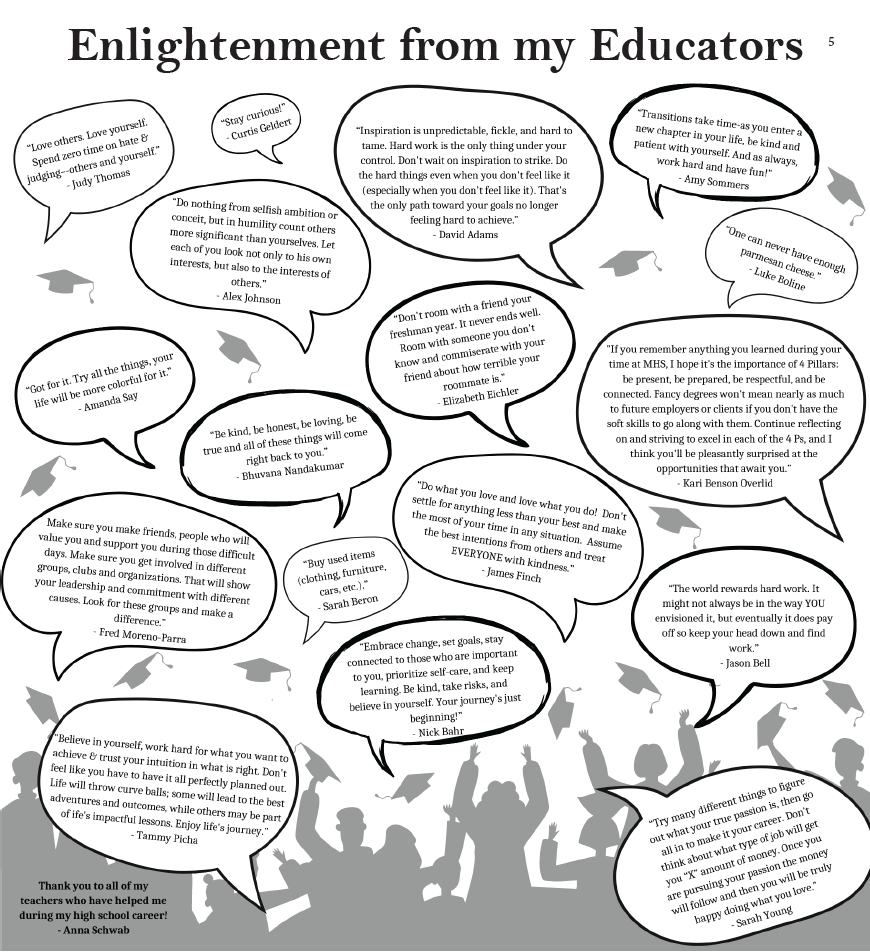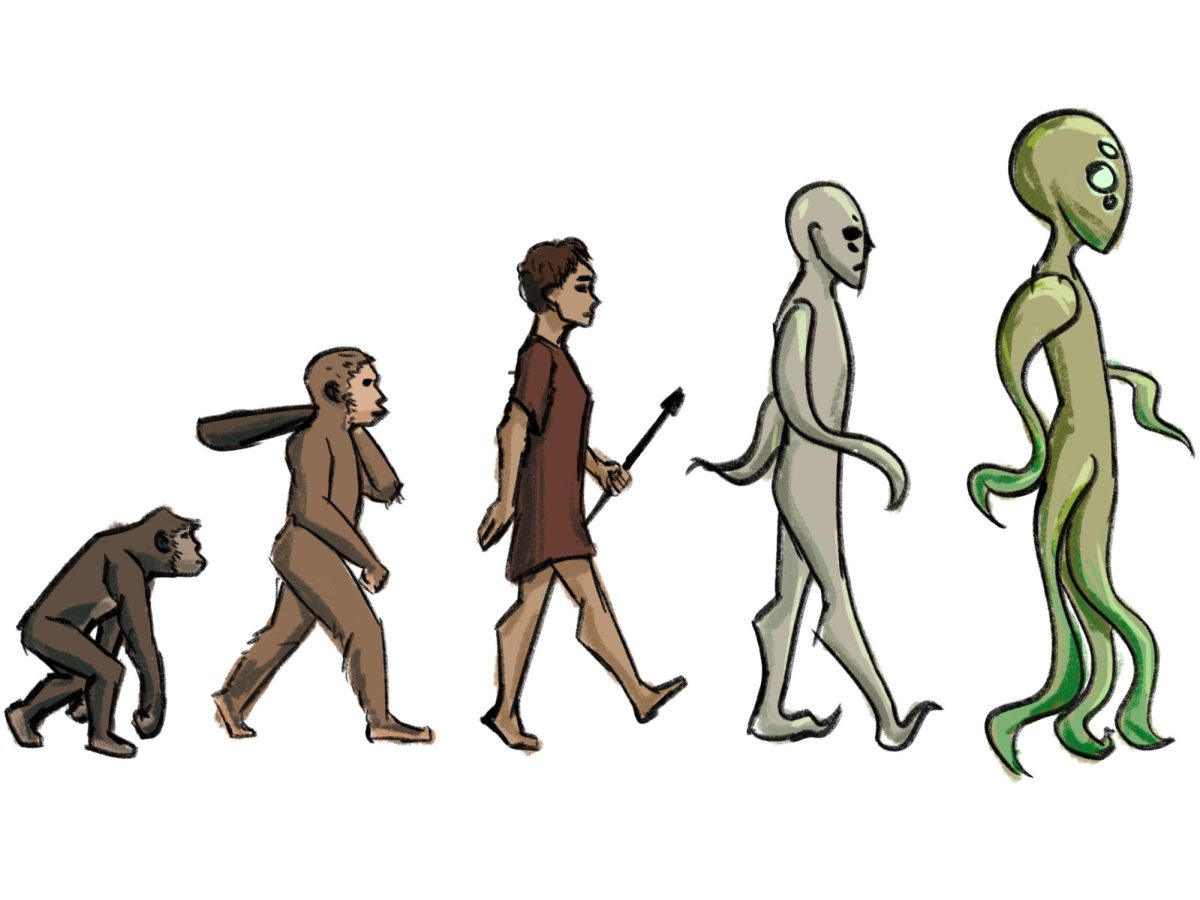Try googling the word meditation. Past a row of YouTube video guides, each one over ten minutes long, is a wall of images. Most are serene people in the middle of the wilderness, all with perfect posture and lighting. While these images serve their purpose of drawing in viewers, they also have the unintended consequence of leaving those viewers with a series of misconceptions: Meditation won’t help, meditation is time-consuming, and meditation needs to be done perfectly to have any sort of effect.
A source of the first of these three claims could be business–no one wants to take time out of their day to meditate when they have a dozen other things to do. However, though it may seem counterintuitive, taking a break to meditate can increase productivity by making people “more calm and focused,” as Anna Siegel, ‘26, says.
Jen Diaz, a yoga instructor at YogaSix, explains that meditation helps her focus on specific tasks that she needs to get done. “If you have a lot going on, your attention is going here, here, and here, so you’re not really focusing your full attention on one thing, versus if you take time for meditation.”
Diaz also disproves the second misconception with advice she gives to her students: “Even if you can only do it in your car, meditation is worth it.” While many guided meditations can be daunting due to their lengths, a five minute meditation has a very similar impact as a thirty minute one. Both will calm the mind and allow better focus, meaning that even a little time spent meditating can be worth your while.
Finally, meditation doesn’t have to be perfect, or even pretty. Not only can it last only a few minutes, but it doesn’t have to be done silently or with legs crossed. It all depends on the style of the person meditating. For some, slow movements in meditation styles such as tai chi are best for calming down. Others might like to meditate while eating or doing other everyday activities in a style that focuses on the senses. Not all of the options match the stereotypical image of meditation, but they all have the same effect.
The environment also doesn’t matter as much as one might think. While Diaz prefers “a quiet space with a candle” in order to sit without distractions, she says it “all depends on the person.”
While it may be easy to discount meditation, there are many ways to get started and reap the rewards it offers. “Even counting slowly to ten,” an option Diaz suggests for beginner meditators, can go a long way in quieting the mind, reducing stress, and increasing productivity.


























